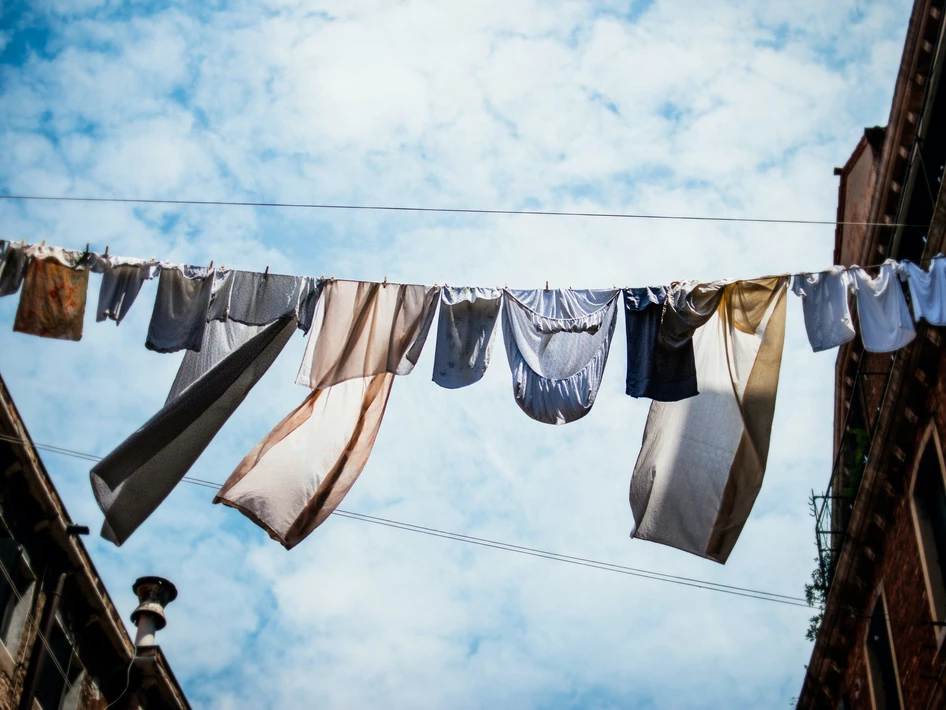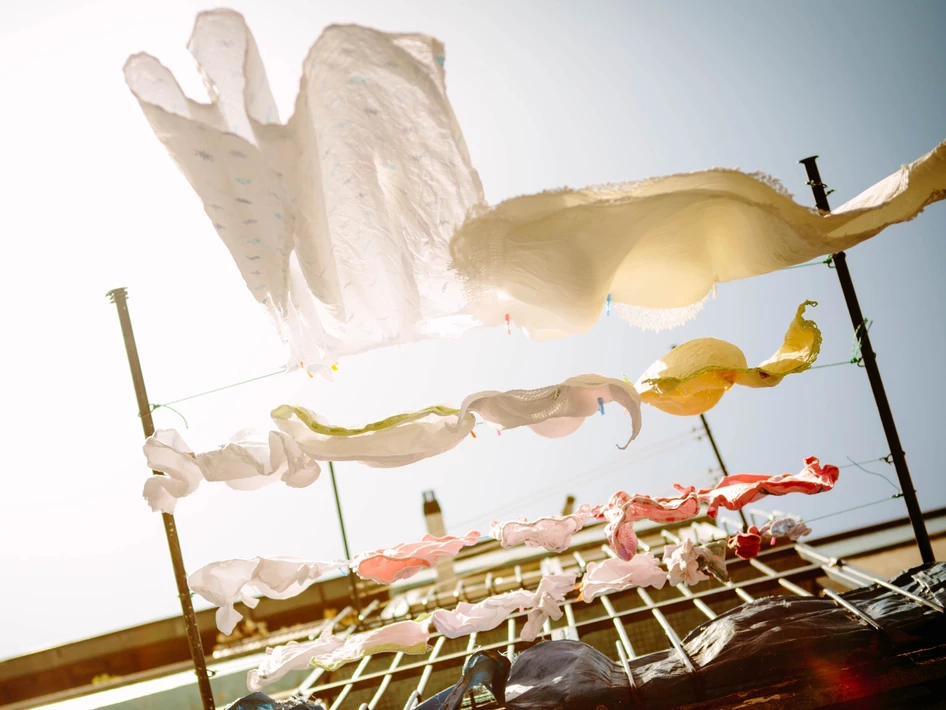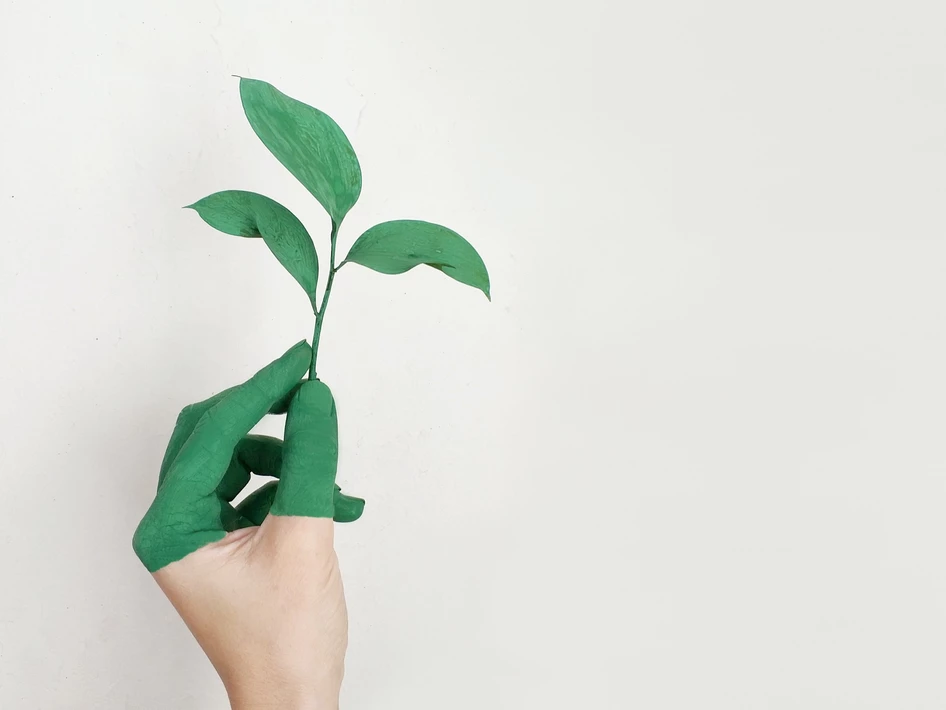Ensuring the longevity of your clothes is key to sustainability. That, and actually using the clothes that are in your closet. Stitching and upcycling may not be everybody’s cup of tea, but there are a few simple sustainable skills that can go a long way in ensuring your clothes see the light of day, and for a long time, at that. We’ve got you covered.
1.Patching
Stitching seems like a daunting task, while a trip to the tailor is too much effort? Patchwork to your rescue. It’s simple and efficient, and can be used to fix everything, from cuts, rips and holes, to frayed edges and stubborn stains. You can use offcut fabric, or snip off a part from another garment that’s reached its end-of-life. You could even buy readymade patches (some of which can simply be ironed on) from a haberdashery store or online, though the former two options also help reduce textile waste.
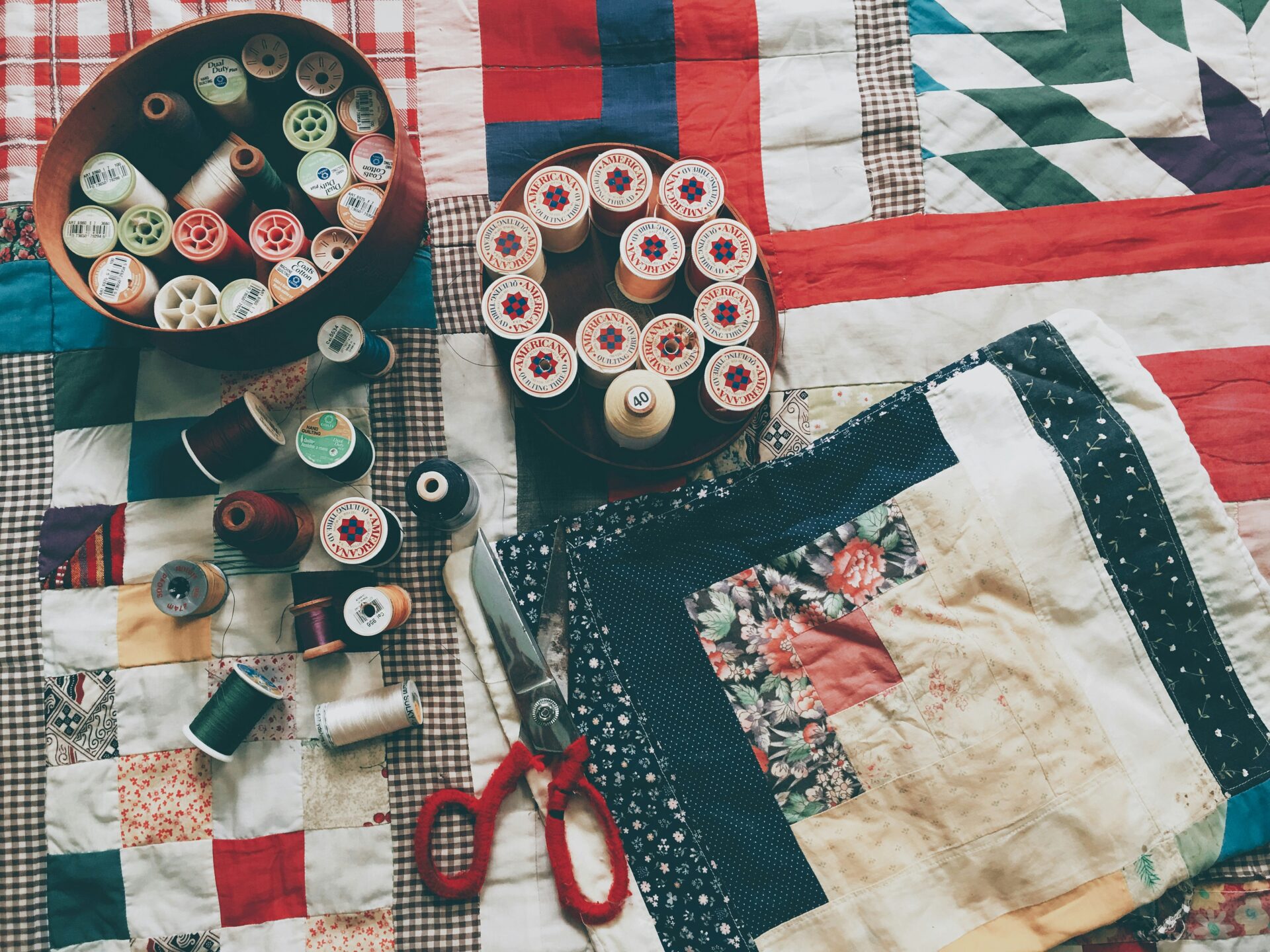
The best thing about patchwork is, there are no rules. And you don’t have to be a pro at anything to be able to do it. It’s really as simple as placing the patch above, below or wrapped over (in the case of hems and edges) the area you’d like to cover up, and stitch through. Mismatched threads, uneven stitches, jagged stitches, everything goes. And if even threading a needle is too much, there’s always fabric glue.
2. Dealing with stains
So here’s the thing about stains: They only become stubborn if you allow them to sit around too long. So when your grandmum told you to rush to the sink and rinse out your shirt as soon as you spilled your lunch all over it, she was right. The sooner you wash it out, the better off you are. You really don’t need fancy stain removers, though sometimes, it does help to have one handy. Your essential stain-fighting arsenal should have the following: Baking soda, vinegar, cornstarch and some old towels.
Contrary to popular opinion, most stains come out better with cold water rather than hot, especially most foods, grass and blood. Hot water actually helps the stain set in better, by allowing the enzymes to seep into the fibre and set. Cold water, on the other hand pushes the enzymes out of the fibre, helping you get rid of the stain. Cold water is also better suited to fabrics such as silk and wool, which can shrink if washed with hot water. It’s also wise to avoid apply any kind of dry heat, including ironing or drying on stained clothing, as that, too, will make the stain more stubborn.
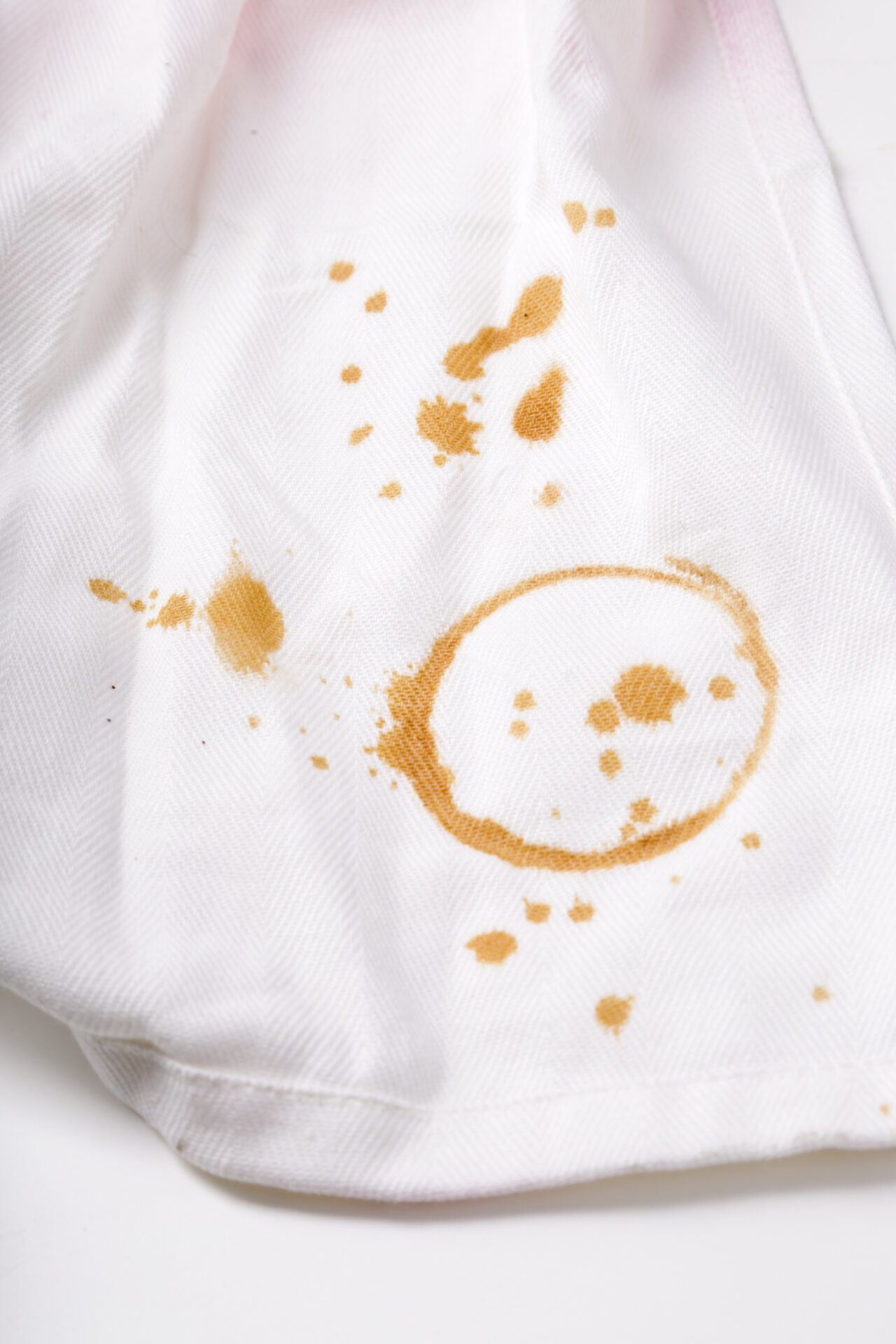
Your best friend, when it comes to fighting stains is baking soda, which works well with nearly all fabrics. A paste made with baking soda and water, applied to the stained area can help clean up nearly any stain, including wine. You can also add vinegar for a more potent mix, but it’s always safer to first do a patch test to ensure vinegar won’t bleach the garment out. Cornstarch is very effective for oil-based stains. Remember to dab and blot (that’s why the towels) and never rub a stain, as rubbing is also known to help stains set in deeper.
3. Repurposing
What do you do, if you just can’t get yourself to wear something, and it’s too precious to give away? Or if upcycling isn’t really your thing? Well, you repurpose. If we told you that your clothes could actually become part of your décor, would you believe us? Well, take a cue. A stole can stand in for an exquisite table runner. A shawl or a dupatta can double up as a throw for your living room couch, or even a statement curtain. A sturdier dupatta can make for a stunning table cloth. And that’s just unstitched garments. For stitched clothing, we have loads of inspiration, here. When you repurpose, not just do your forgotten garments get to see the light of day, they get to stay there, too!
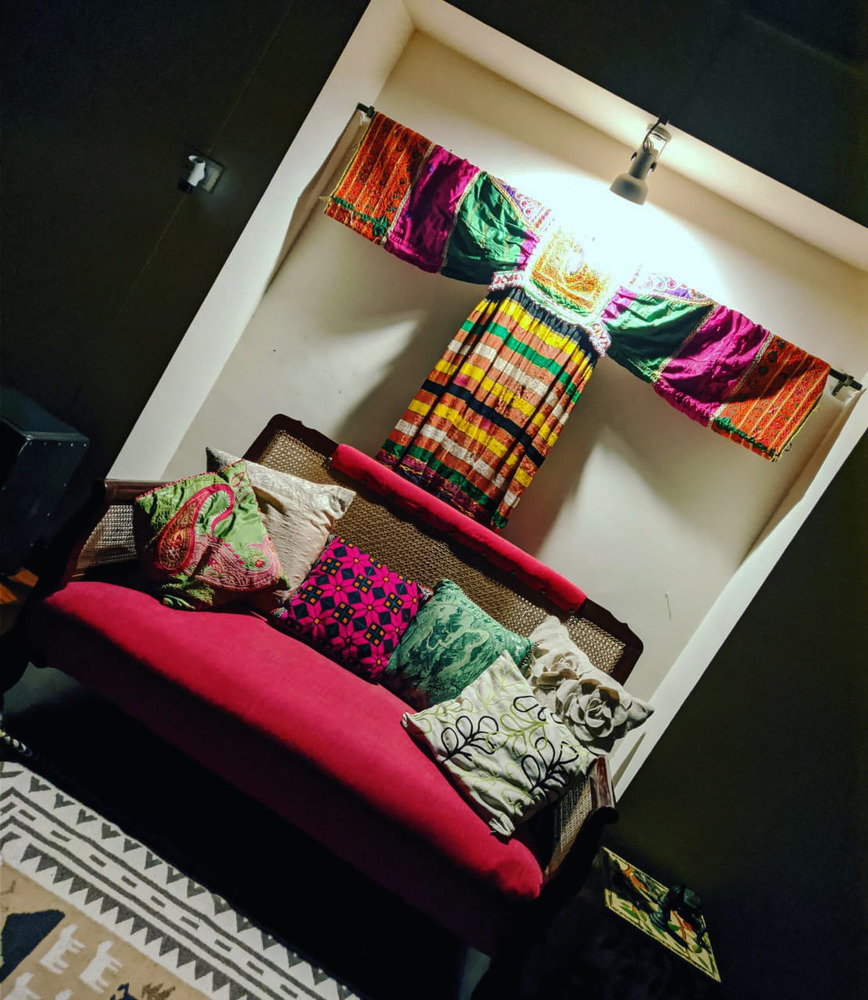
Do you have any interesting hacks to share with us? Tell us in the comments or email us.


